Hello readers! Hope you’re in the mood for something interesting. Because today we are talking about one of the most interesting tradable CFD instruments available online. This product is called “ETF”, which actually stands for “Exchange Trade Funds”. Yes, we know, that doesn’t mean much to you at the moment, but trust us – after reading this short article, you will have a much better understanding of this instrument and why it is so popular with online traders.
Now, let’s start with a quick explanation …
What is an ETF?
Basically, an ETF is a tradable instrument that tracks an index, a commodity, bonds, or a basket of assets like an index fund.
Or, in simple words …
Do you know the old saying that says “don’t put all your eggs in one basket”? Well, the newer saying goes “put all your eggs in one basket and then look at the basket.”
When you trade ETFs in the form of CFDs, all your eggs are in one basket, but you have all kinds of different eggs, so you are essentially “hedging” your trades within the ETF.
Wait, what is the coverage?
A hedge is an operation that aims to reduce the risk of extreme price movements in a specific instrument. This is usually accomplished by taking an offsetting position on a related instrument or by opening “short” and “long” deals simultaneously.
Okay, now that we have you covered, let’s understand how ETFs allow traders to protect themselves. For example, if you only trade CFDs on Facebook shares exclusively, your results will depend entirely on the success or failure of Facebook. But if you want to protect yourself, you can trade CFDs on shares of other tech giants (IBM, Apple, Microsoft, or Google), giving you a wide variety of instruments in a single trade. This is the main function of an exchange-traded fund (ETF).
Do you want another example? Of course…
Suppose you want to invest in gold, but you are not entirely sure which gold mining company is the best to invest in. With a gold ETF, you can invest in a bunch of gold mining companies in one trade. That way, if a company goes bankrupt due to mismanagement or for any other reason, it still has fourteen more companies in its ETF that it can potentially profit from.
Note: In addition to major indices and industries, ETFs can also track the economic performance of entire countries.

